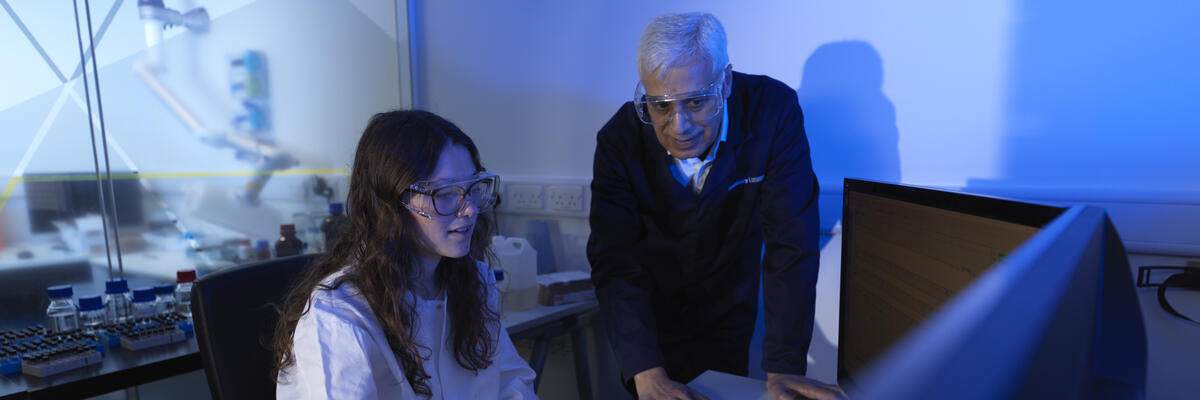Mass Spectrometry
LCMS and GCMS capabilities are described below with the relevant chromatography technique.
Shimadzu Axima iDplus Performance MALDI-TOF
Location: Chemistry A70 Mass Spectrometry
Shimadzu Axima iDplus Performance MALDI-TOF mass spectrometer performs laser ionisation of matrix co-crystallised solid samples which are analysed by time-of-flight mass spectrometry with MS/MS capabilities.
MALDI-TOF mass spec. is used for “soft” ionisation of fragile compounds such as complex biological samples and/or synthetic polymers. Extremely versatile MALDI-TOF analysis can be performed in either reflectron or linear detector modes which provide information-rich MS spectra for a broad mass range 100–12,000 Da or 12,000–100,000 Da respectively; while MS/MS capabilities further facilitate compound characterisation. Software tools specifically designed for biomolecule or polymer analysis enable an in-depth understanding of samples.
MALDI-TOF requires bespoke sample preparation procedures to maximise instrument performance. The co-crystallisation of samples with matched matrix material is required to optimise MS data and analytical sensitivity; however, generic analytical work-flows yield information-rich data for sample concentrations as low as picomolar concentration.




